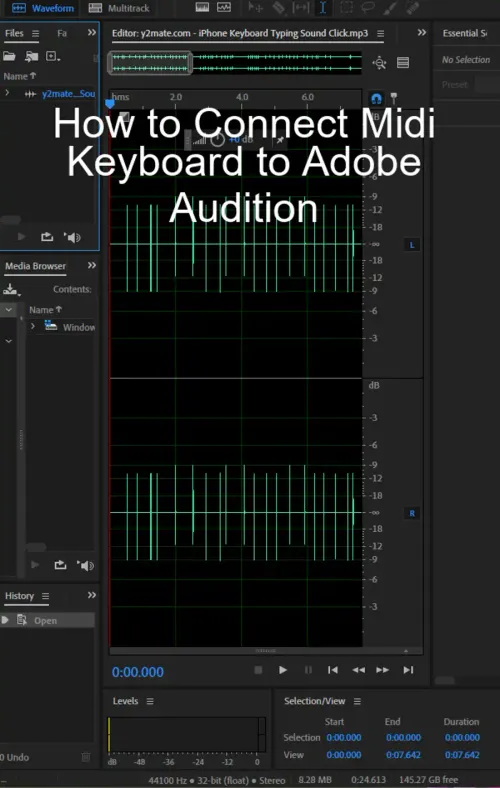Many musicians and audio professionals have been using Adobe Audition CC for various audio editing purposes. However, one feature that Adobe Audition lacks is MIDI support, which is a critical factor in music composition. Most users who require MIDI support tend to switch to another audio editing software like Reaper, which is a popular and relatively cheaper alternative for MIDI usage. In this article, we will explore the ways to connect a MIDI keyboard to Adobe Audition efficiently.

Does Adobe Audition have MIDI support?
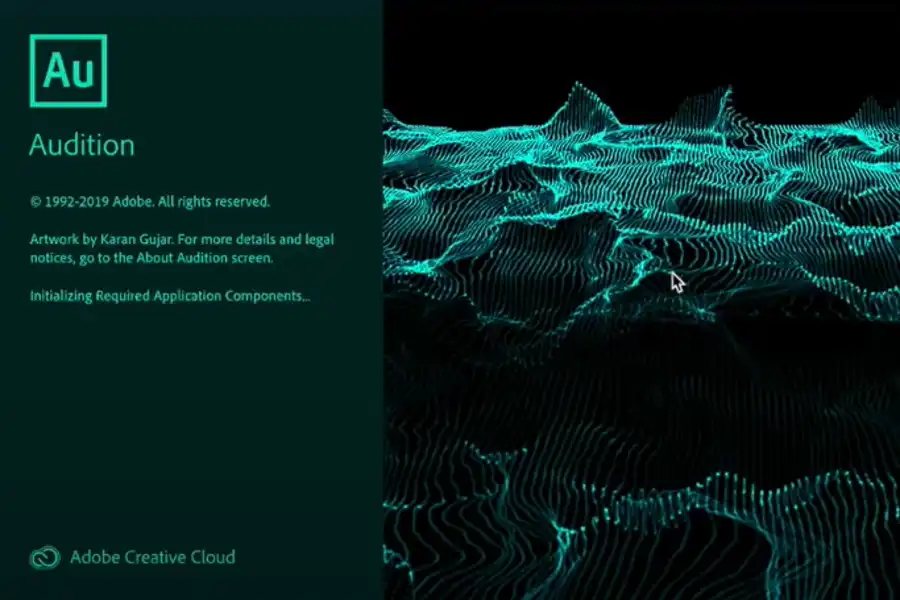
When it comes to music composition and arrangement, MIDI is an essential tool for composing and recording virtual instruments. It is an industry-standard protocol for communicating musical notes and commands between digital music instruments and software. Despite Adobe Audition being a robust audio editing software, it does not feature MIDI support. Therefore, Adobe Audition users looking to use a MIDI keyboard with the software must look for alternative solutions.
What are some alternative software for MIDI purposes?
Reaper is a popular alternative software for MIDI purposes. It offers powerful and customizable MIDI editing capabilities and is cheaper than other professional audio editing software. Another alternative is Ableton 9 Lite, which is a free version of the standard Ableton Live software. It is an excellent DAW for MIDI sequencing and offers a wide range of virtual instruments.
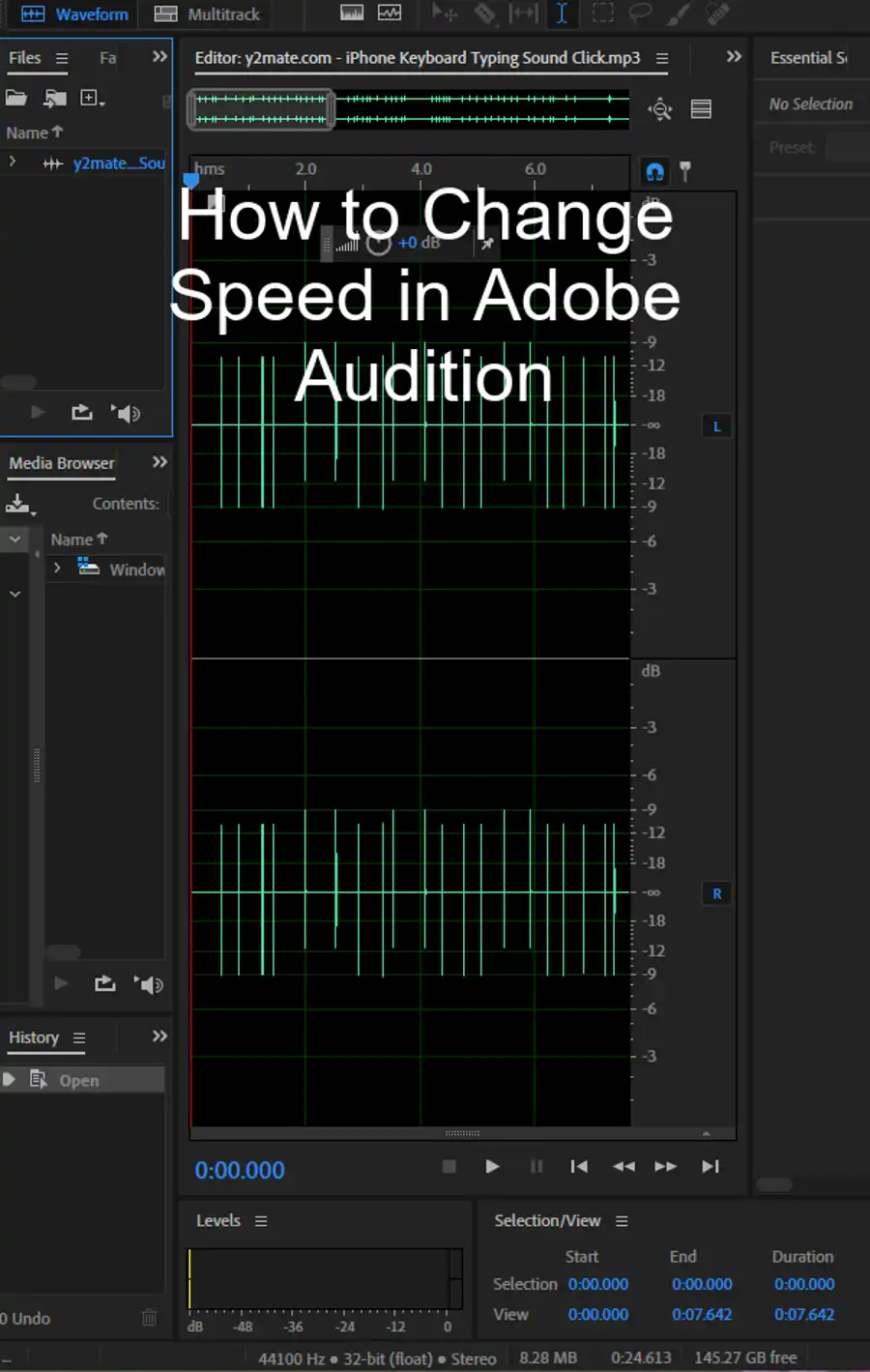
Is Adobe Audition not suitable for music professionals?
Adobe Audition is an excellent audio editing and mastering software, but it is not suitable for music professionals who require MIDI capabilities. However, Adobe Audition can still be useful for sound design and audio post-production in films. Ben Burtt, the sound designer for Star Wars, has used Adobe Audition (known as Cool Edit Pro back then) extensively for sound design in his films.
Ways to connect a MIDI keyboard to Adobe Audition:
Despite Adobe Audition lacking MIDI support, there are still ways to connect a MIDI keyboard to the software efficiently. Here are some tips and tricks to connect a MIDI keyboard to Adobe Audition:
Use a multisampler for MIDI input:
One workaround is to use a multisampler that supports MIDI input. A multisampler is a digital instrument that can play multiple samples simultaneously. With a multisampler, you can record MIDI input from your keyboard and use the samples for editing in Adobe Audition.
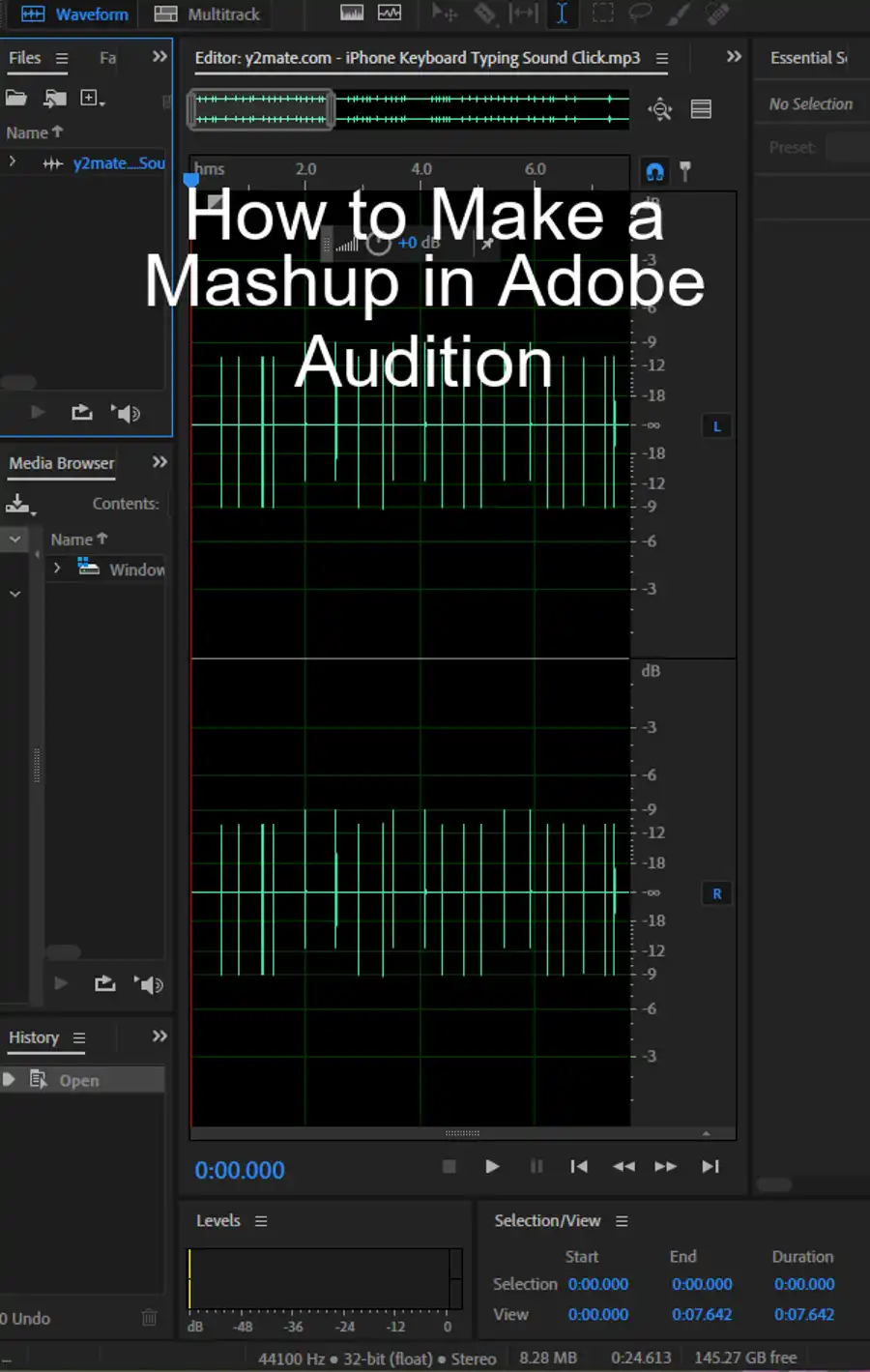
Use drag and drop for sound effects:
Another workaround is to record sounds and music from your keyboard in a different audio editing software like Reaper or Ableton and then import the rendered-to-audio MIDI files to Adobe Audition for mixing. You can use the drag and drop feature in Adobe Audition to import audio files into your project.
Install Sampletank for MIDI recordings and its plugin for routing audio to Audition:
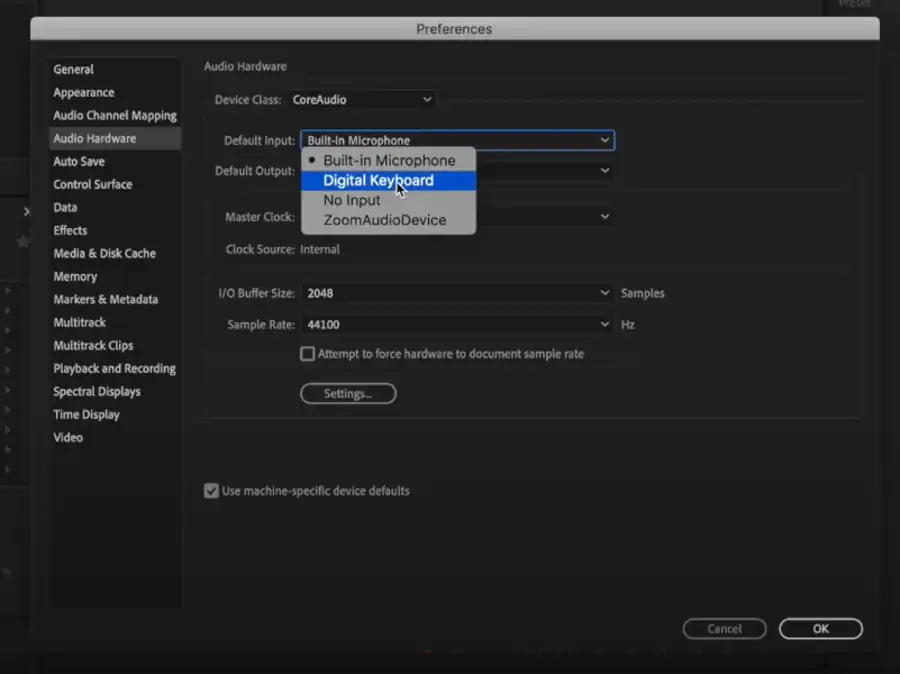
Sampletank is a VST plugin that offers a wide range of virtual instruments for MIDI recordings. You can use Sampletank to record MIDI input from your keyboard and route the audio to Adobe Audition for editing. Sampletank offers a plugin called "Sampletank FX" that allows you to route the audio to Adobe Audition efficiently.
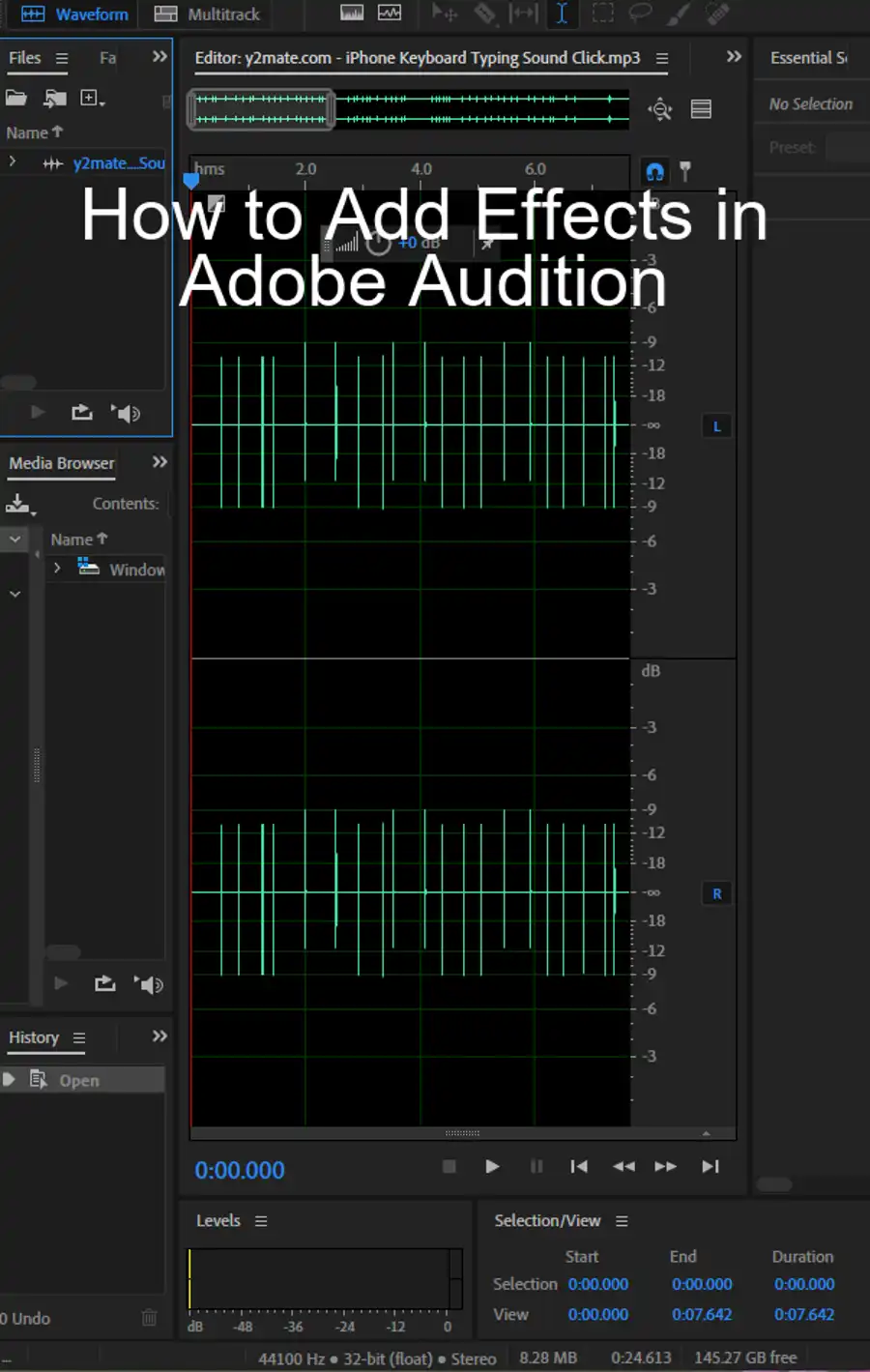
Use Sound Flower for audio routing in Mac systems:
If you are using a Mac system, you can use Sound Flower to route audio from your keyboard to Adobe Audition. Sound Flower is a free system-level audio routing tool that allows you to send audio from one application to another.
Record multiple versions of sound effects using MIDI input:
Recording multiple versions of sound effects using MIDI input can help create a diverse range of audio. It is an efficient way of creating realistic sound effects and foley. You can use MIDI input to control virtual instruments and record different variations of sound effects.
Using multisample plugins such as EXS-24, Kontakt, and SampleTank:
Multisample plugins like EXS-24, Kontakt, and SampleTank offer a vast library of virtual instruments for MIDI recordings. You can use these plugins to record MIDI input from your keyboard and use the samples for editing in Adobe Audition.
In conclusion, while Adobe Audition may lack MIDI support, there are still ways to connect a MIDI keyboard to Adobe Audition efficiently. Whether it's using a multisampler, a VST plugin, or another audio editing software for MIDI recording, you can still create excellent sound design and audio post-production in films with Adobe Audition.
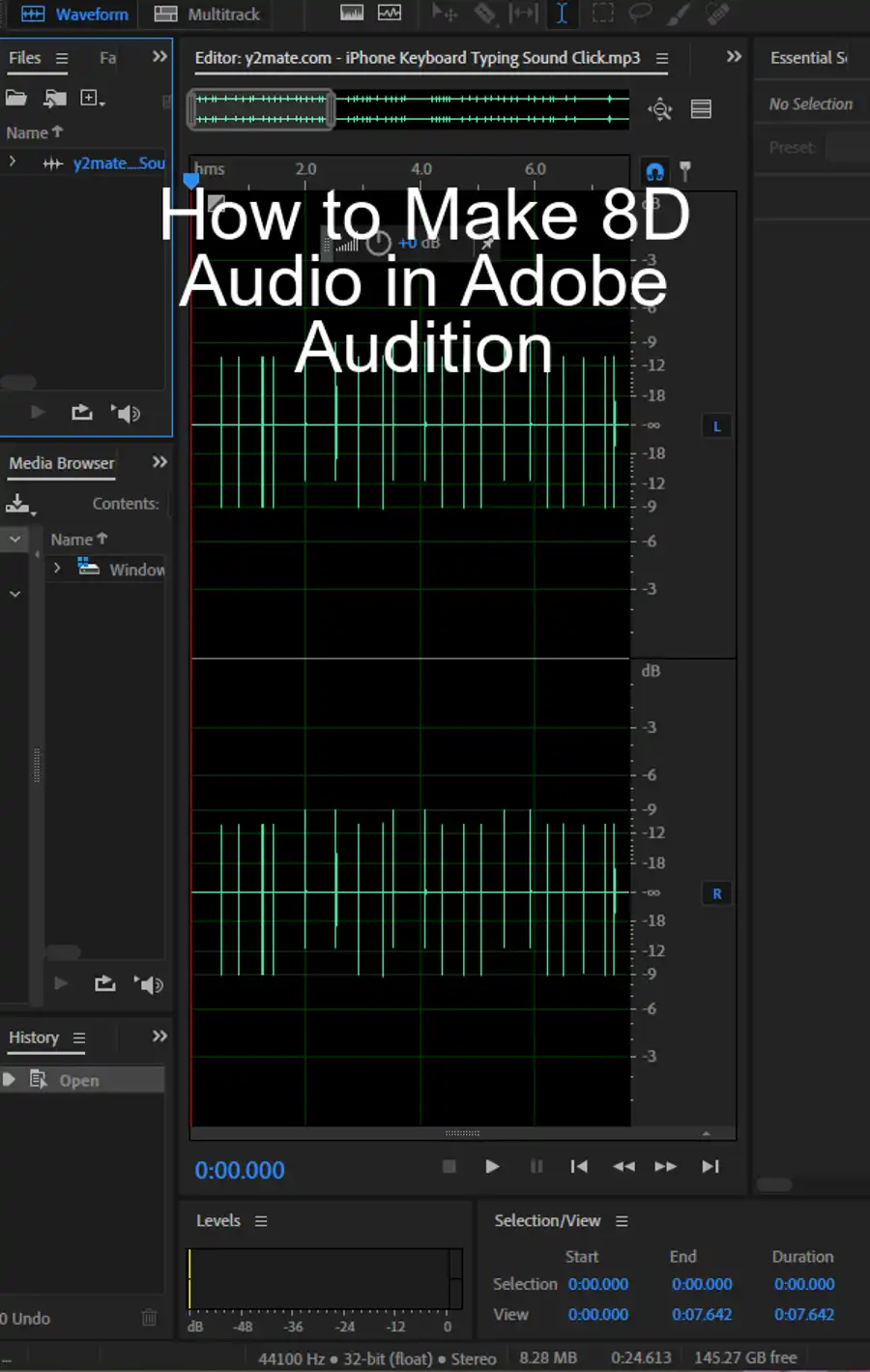
Questions you might be asking
Can you use Adobe Audition with MIDI?
Yes, you can use Adobe Audition with MIDI. Adobe Audition is a digital audio workstation that allows users to record, edit, and mix audio files. It supports MIDI (Musical Instrument Digital Interface) functionality, which means you can use external MIDI devices to control and manipulate sounds within the software.
How do I connect my MIDI keyboard?
To connect your MIDI keyboard to your computer, you will need a MIDI interface or a MIDI-to-USB cable. Once you have a MIDI interface, connect the MIDI OUT of your keyboard to the MIDI IN of the interface, and then connect the MIDI IN of your keyboard to the MIDI OUT of the interface. If you're using a MIDI-to-USB cable, just connect the USB end to your computer and the MIDI end to your keyboard.
How do I connect my MIDI to my audio interface?
To connect your MIDI device to your audio interface, you will need a MIDI interface that has both MIDI and audio inputs. Most audio interfaces have MIDI inputs, so you can simply connect your MIDI OUT to the MIDI IN of the interface with a MIDI cable. If your audio interface doesn't have MIDI inputs, you will need a separate MIDI interface that can be connected to your computer's USB port. Once connected, make sure to select the correct MIDI input in your audio software to start recording and editing MIDI data.

